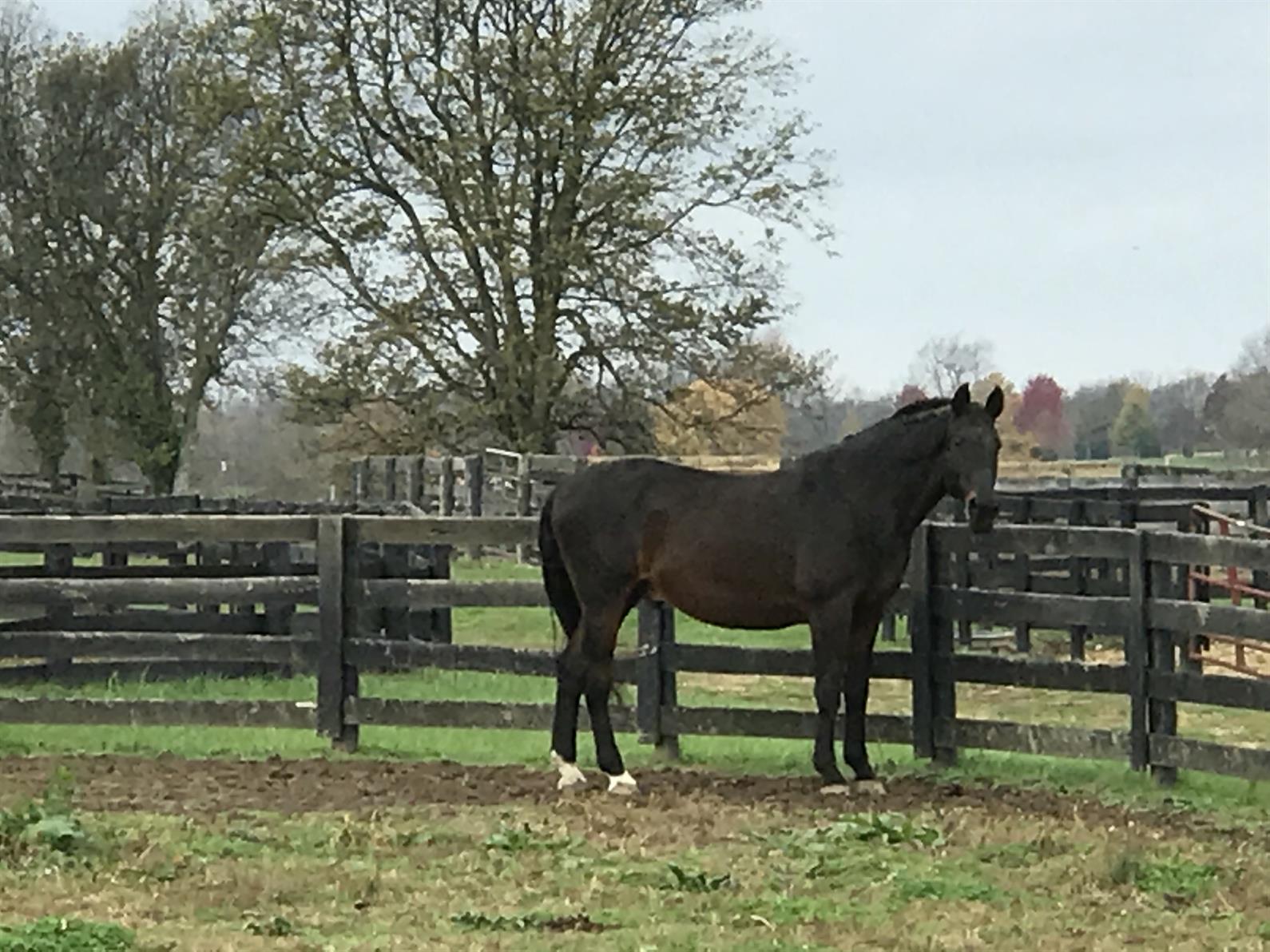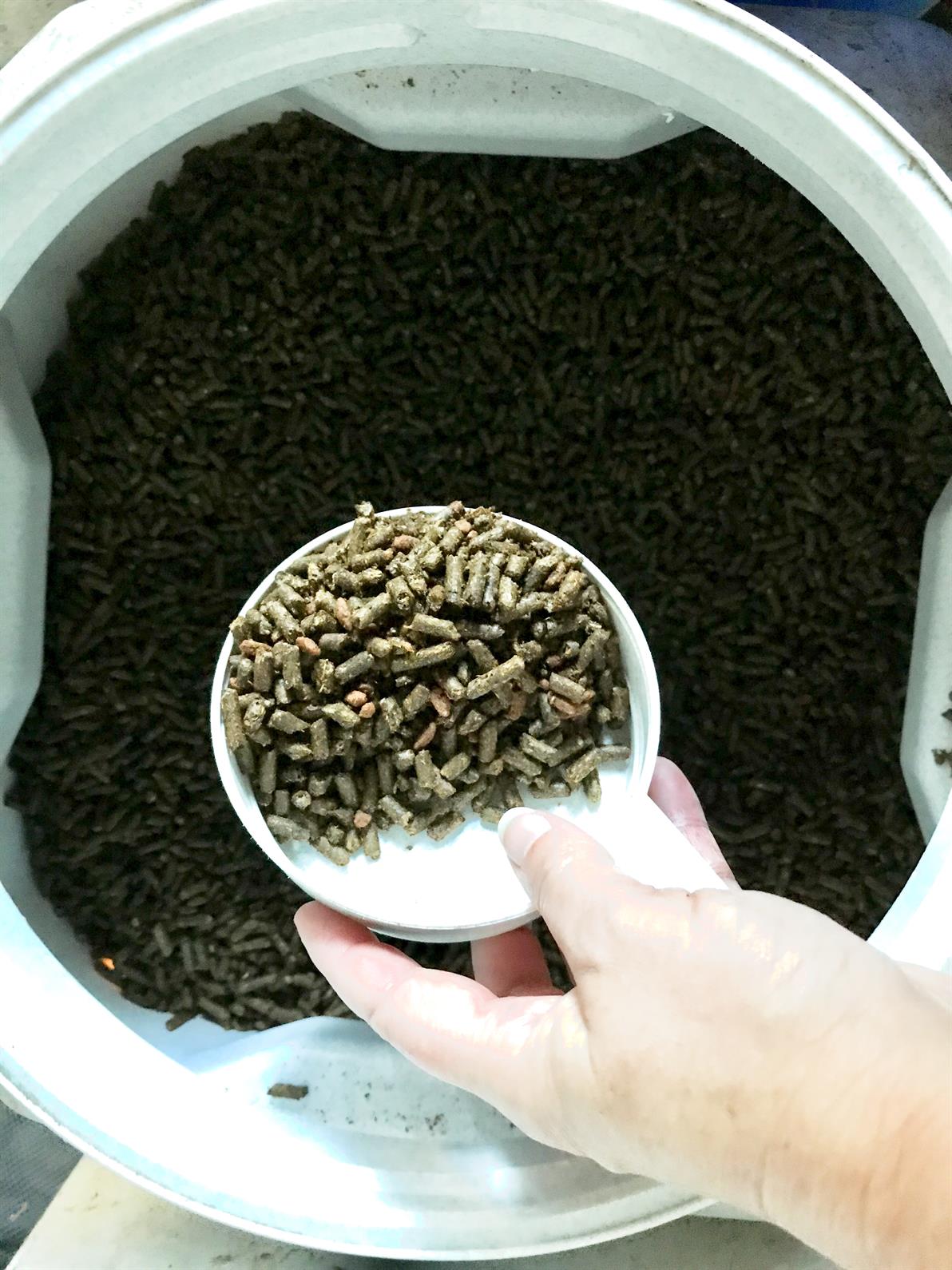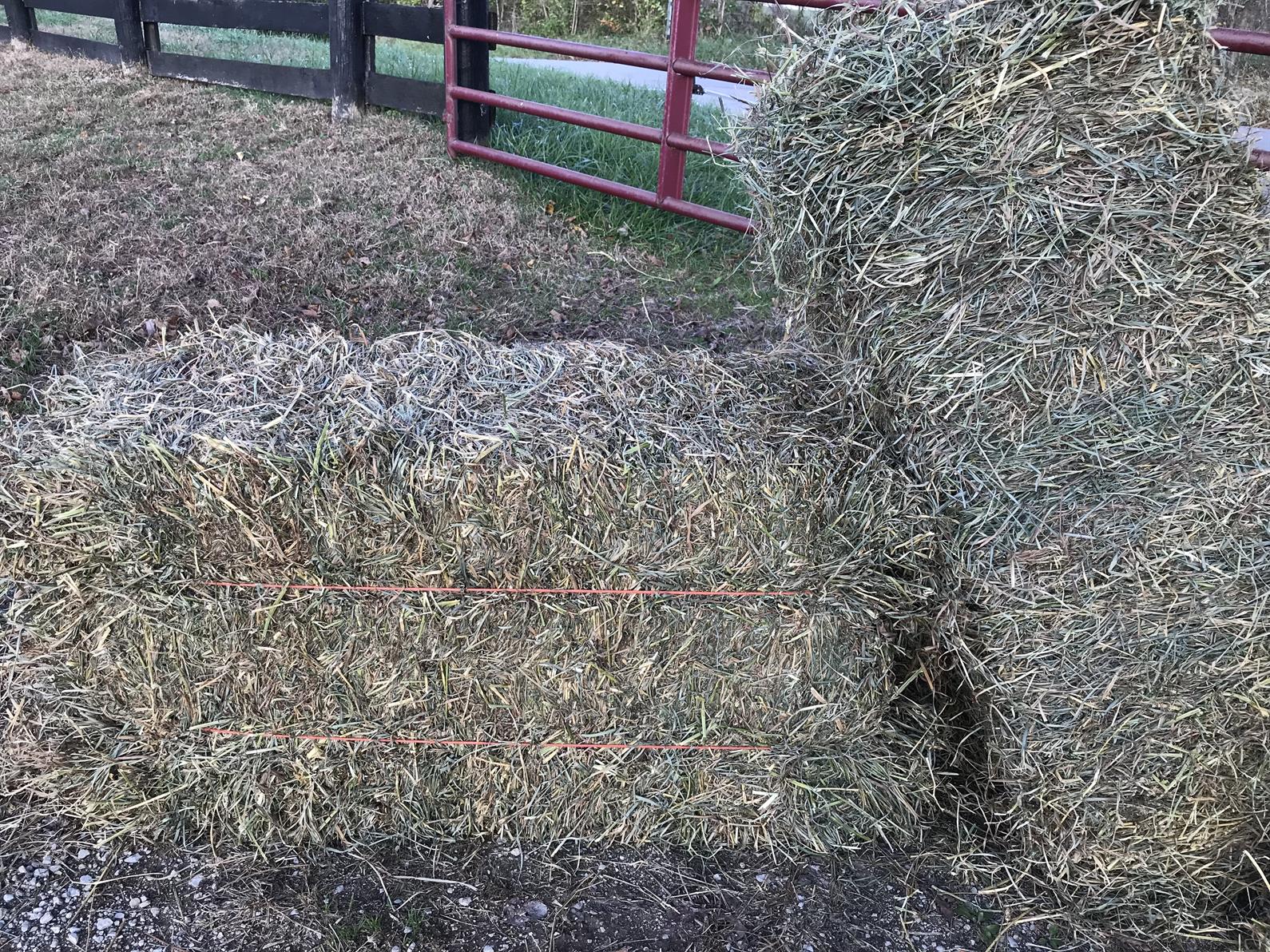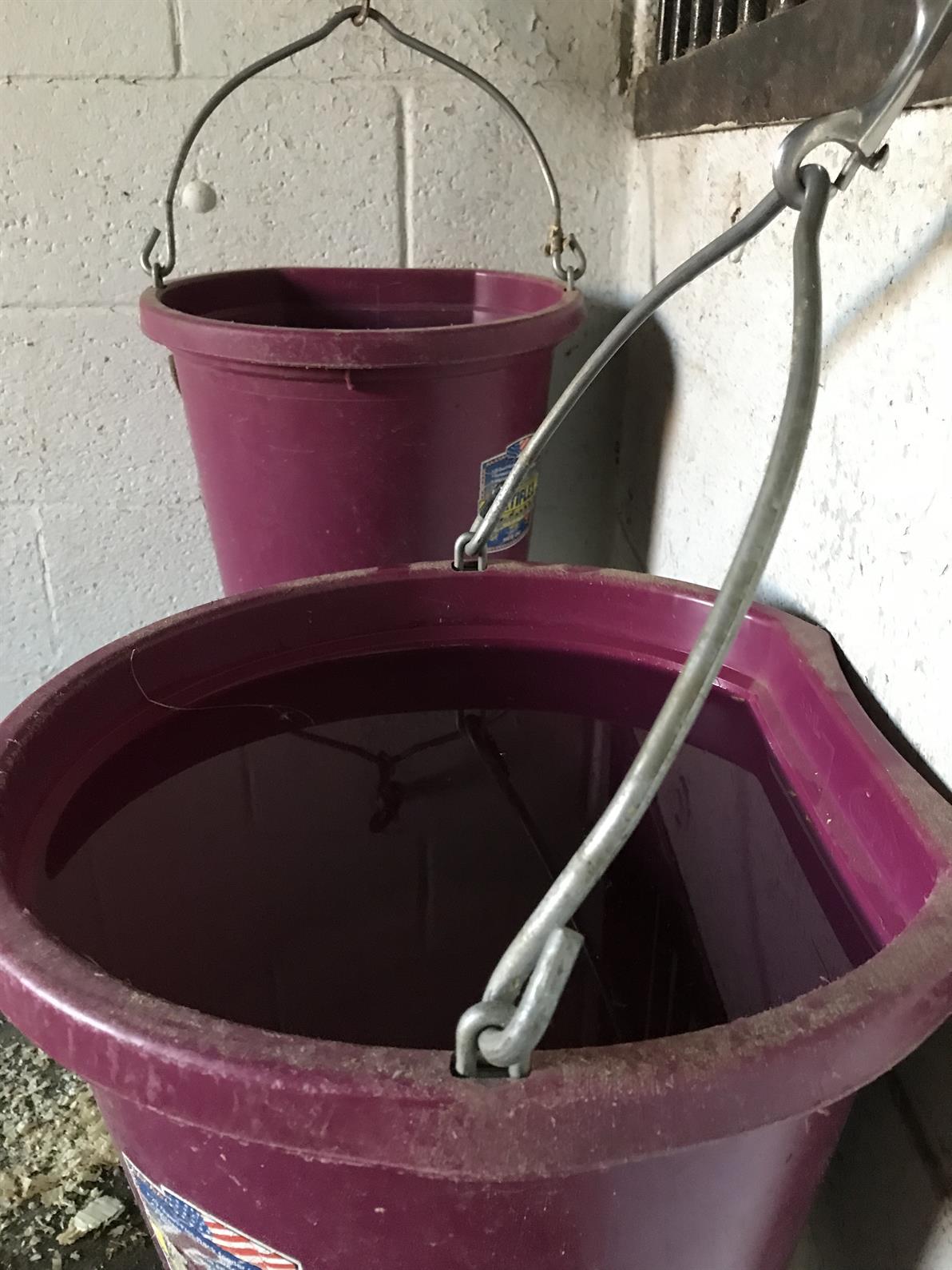Aged horses need a little extra support when winter settles in with cold temperatures and snow. We asked Dr. Luke Fallon of Hagyard Equine Medical Institute in Lexington, Ky., for an autumn to-do list that can help you prepare an older or geriatric horse for the coming season.

First, discuss a plan with your veterinarian.
Your veterinarian can help with all aspects of aged-horse care, from a proper diet to hoof condition to management of arthritis. Ask your vet to assess your horse and provide recommendations as you formulate a plan for the winter.
Put on some extra weight reserves—but keep any health issues in mind.
It’s good for an older animal to go into the winter with some extra pounds to help keep him warm, but exactly how much to put on your old horse or pony will depend on a number of factors, including breed; whether he has pre-existing health conditions, such as chronic laminitis; and whether he has competition for food (e.g., from pasturemates); and how much access to shelter he has. Again, consult your vet to help tailor a diet that will suit your horse’s particular needs and situation.
“Roughly speaking, if you have a 1,200-pound Thoroughbred, I’d like to see him carrying an extra 100 to 150 pounds going into the winter,” Fallon said. “That will ensure that the horse will have the ability to thermoregulate more readily if he spends a lot of time outside and it’s a severe winter.

“During very cold times, he’ll need to be supplemented with good-quality hay and, quite likely, more carbohydrates,” Fallon added. “But you’ll need to make sure the horse can handle that if they have chronic laminitis or metabolic concerns, such as Cushing’s or equine metabolic syndrome.
“Consider whether your horse has pituitary issues. With regard to older horses that I have on long-term treatment for pituitary disorders, I will typically taper their medication dosage back a bit during the late fall and winter months, and then I’ll raise it back up in spring when the forage becomes lush and those horses that have metabolic issues start tending to put weight back on.”
Senior feeds that offer improved digestibility and higher fats can be a great option for many older horses. For horses with chronic laminitis, metabolic disorders, or Cushing’s, you’ll need to be careful not to feed too much sugar or carbohydrates; there are also low-carbohydrate feeds available, and you can ask your vet about whether your horse might need those or a customized blend of feed.
Check the teeth.
Before putting together a winter feeding plan, consider what kind of shape your horse’s teeth are in and whether he is likely to have trouble eating a particular feed. If they need floating, get that done before winter sets in. An aged horse can have multiple dental concerns that might affect his ability to chew his food properly.

Stock up on good-quality hay.
“They can get a lot of caloric density in dry forage and hay,” Fallon said. “Be aware of the carbohydrate content of the hay, but ensure they’re getting plenty of protein.”
Consider supplementing with fats.
Depending on the horse’s overall diet and needs, it might be worthwhile to add a little fat during the winter. “I’ve often supplemented with rice bran oil or other fat supplements like corn oil,” said Fallon. For horses that should not be on carbohydrate-rich diets, supplementing with protein (in the form of good hay) and fats like rice barn oil or corn oil can be helpful.
Keep an eye on arthritis and old injuries—and consider shoeing.
“You might want to consider whether the horse needs some sort of supplementation to manage discomfort,” said Fallon. “Discuss that with your vet. If they have any particular injuries that decrease range of motion, you need to be aware of them. If a horse has decreased range of motion and flexion in any of the joints from the coffin joint on up through the knee or hock, orthopedic shoeing may help, especially with the forelimbs.”
For example, if the horse has an old sesamoid, suspensory, or tendon injury, it might help to ease that breakover angle by raising the heel and backing up the toe.
“Shoeing also can help them keep that hoof wall healthy. Depending in where you are, in winter your horse might be standing in a lot of mud. There also might be a lot of freeze-and-thaw events where the ground is going to be hard and pocked, and that can be hard on old joints and on feet.
If he faces competition for food, have a place where he can eat by himself.
Older horses might have more difficulty getting enough food in a herd setting, so prepare a separate feeding place where you can bring your aged animal if his pasturemates are interfering with his ability to eat his meals.

Keep him drinking.
“It’s critical that the old boy or old girl keeps drinking during the winter, because otherwise you’re going to be in trouble before you know it,” Fallon cautions. “They can get impacted. In the winter, they’re eating a lot of dry matter—there’s not nearly the moisture content in hay that they get when they’re grazing, so you need to make sure they’re staying hydrated.”
To keep horses drinking through the winter, Fallon has a few tips. Try warm water or adding electrolyte powders to the water. “Not all horses like electrolyte powders, but some appreciate it,” Fallon said. “You might try hanging two buckets—one with warm electrolyte water, and one with just warm water—and see which they like.”
If your horse chronically has mild bouts of colic, it could be a sign that he’s getting mild impactions. Your vet might suggest adding Glauber’s salt (sodium sulfate) to a bucket of warm water. “Some horses don’t like them, but I’ve used them on quite a lot of horses to get them to regulate their digestion,” Fallon said.
Feeding a warm bran mash is another way to aid digestion and get water into a horse during the winter. Some potential ingredients for a mash include rice bran, a little beet pulp, and linseed oil or cooked flax, said Fallon. Ask your vet for recommendations to suit your own horse.

Keep clean blankets handy.
A horse’s blanketing needs can change as he ages, so keep an eye out for indications—like shivering—that he needs extra coverage, even if he has a full coat of hair. “Keep that blanket clean, and never leave a wet blanket on him,” advises Fallon.
For more details about choosing and using blankets, check out Blanketing Basics.
Want articles like this delivered to your inbox every week? Sign up to receive the Equestrian Weekly newsletter here.
This article is original content produced by US Equestrian and may only be shared via social media. It is not to be repurposed or used on any other website than USequestrian.org


